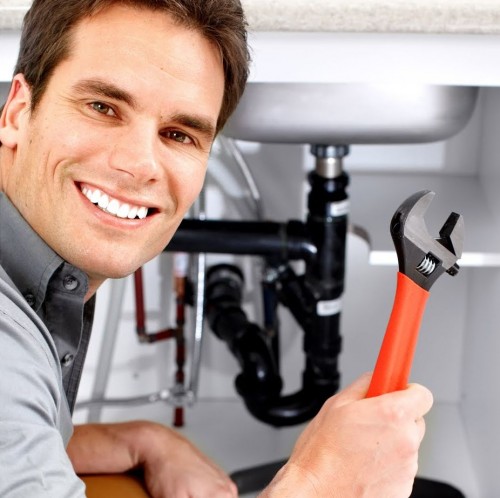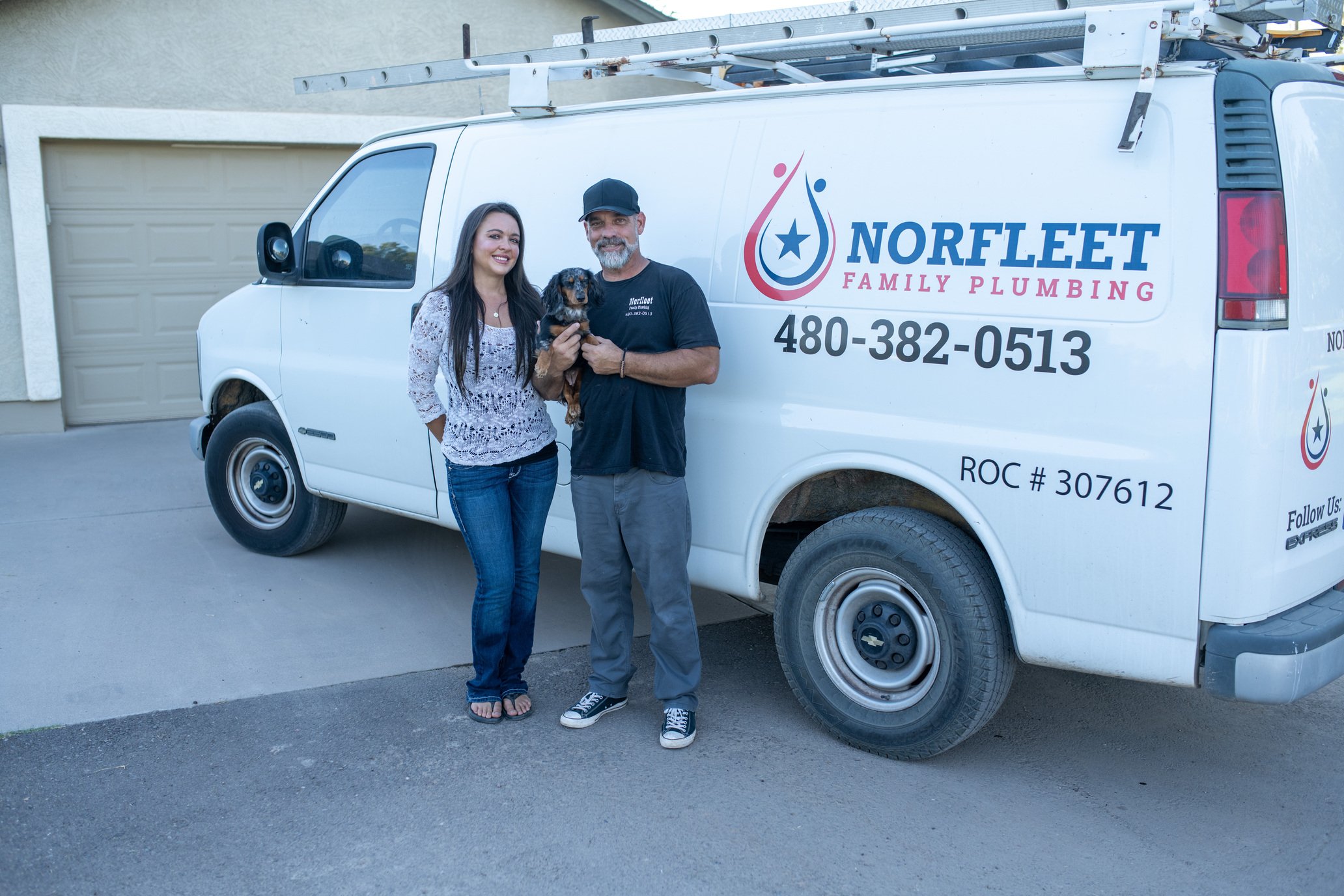Exploring the ABCs of Home Plumbing: A Beginner's Manual
About ThisWhat are your ideas concerning Plumbing Basics Every Homeowner Should Know?

Plumbing is an essential facet of any type of home, in charge of supplying clean water for alcohol consumption, food preparation, and bathing, along with removing wastewater securely. Understanding the fundamentals of home plumbing is essential for each home owner to make sure proper upkeep, troubleshooting, and, if required, repairs. In this novice's overview, we'll cover the fundamental ideas of home plumbing to aid you end up being extra aware of just how it works.
Water Heating Unit
The water furnace is responsible for home heating water for domestic usage, consisting of bathing, food preparation, and cleansing. Usual types of hot water heater consist of tank-type water heaters, tankless (on-demand) hot water heater, and heatpump hot water heater. The water heater is linked to the water system and delivers warm water to plumbing components as needed.
Drain System
The drainage system eliminates wastewater from your home and brings it away to a sewer treatment center or septic tank. It includes a network of pipes, fittings, and components that move wastewater from plumbing fixtures to the main sewer line or septic system. Appropriate drainage is essential to stop obstructions, back-ups, and sewer leakages.
Air flow System
The air flow system aids keep correct atmospheric pressure and protect against drain gases from entering your home. Vent pipes, additionally called air vent heaps, expand from plumbing components to the roof, allowing sewage system gases to escape securely outdoors. Air flow pipelines likewise allow air to get in the drainage system, assisting in smooth wastewater circulation and stopping suction or vacuum results.
Water System System
The water system system brings clean water right into your home from a municipal water source or an exclusive well. It contains a major water line that links to your home's plumbing system, typically situated underground. A water meter determines the amount of water eaten, while a shut-off shutoff enables you to control the circulation of water right into your home.
Plumbing Fixtures
Plumbing fixtures are tools that provide water to various parts of your home and consist of sinks, faucets, bathrooms, showers, bath tubs, and appliances such as dishwashers and cleaning makers. Each component is linked to the supply of water system through pipes and fittings and might have its shut-off valve for upkeep or emergency situations.
Common Plumbing Devices
Having the right tools on hand is essential for executing basic plumbing fixings and maintenance jobs. Usual plumbing tools consist of adjustable wrenches, monkey wrench, pliers, pipeline cutters, hacksaws, bettors, augers (or drain snakes), and Teflon tape. Having these devices readily offered can assist you tackle small plumbing issues effectively.
Fundamental Plumbing Fixings
While some plumbing repairs might require specialist help, numerous common problems can be resolved with standard do it yourself techniques. Understanding just how to repair a leaky faucet, unblock a drainpipe, change a toilet flapper, or repair a trickling showerhead can save you time and money on plumbing fixings.
Verdict
Understanding the fundamentals of home plumbing is important for each home owner to maintain a safe, practical, and reliable plumbing system. By acquainting yourself with the supply of water system, plumbing fixtures, drain system, ventilation system, typical plumbing devices, and standard fixings, you can confidently address minor plumbing issues and ensure your home's plumbing system operates smoothly.
Understanding Basics of Home Plumbing System: A Beginner's Guide
The Main Components of Your Home Plumbing System
The Water Supply System
This system is responsible for transporting fresh water into your home. It usually has a main water line that splits into two branches: one directed towards cold water services and the other connected to a water heater for hot water. The pressure is key here; it ensures water reaches all parts of your house.
The Drainage System
Once water has been used, it becomes wastewater that needs to be removed from your home. This is where the drainage system comes into play. It includes all the pipes that carry wastewater and sewage away from your house to sewage treatment facilities or septic tanks.
The Vent System
The vent system prevents sewer gases from entering your home and helps maintain the pressure balance that allows wastewater to flow out properly. These vents usually exit through the roof of your house.
Water Heating System
For those who enjoy hot showers or using hot water for cleaning, the water heater is a crucial part of the plumbing system. It can be a tankless system, which heats water on demand, or a traditional water tank model.
Common Plumbing Problems and Basic Troubleshooting
Plumbing systems, while designed to be durable, can face issues like clogged drains, leaky faucets, or low water pressure. Here are some basic troubleshooting tips:
Clogged Drains
Use a plunger or a plumber's snake to try and dislodge whatever is blocking the drain. Regular cleaning can prevent clogs.
Leaky Faucets
Often caused by worn-out washers or gaskets, these can usually be replaced by someone with basic DIY skills.
Low Water Pressure
This might be due to sediment build-up in your fixtures or a leak somewhere in your water line. Cleaning out aerators or seeking a professional to detect leaks might be necessary.
Preventive Maintenance Tips
Maintaining your plumbing system is key to avoiding emergencies. Regularly check for leaks, avoid disposing of grease down the sink, and have your system inspected by a professional plumber at least once a year.

We hope you liked our part about Plumbing Basics Every Homeowner Should Know. Thank you so much for taking the time to read our piece of content. Those who enjoyed reading our blog posting please make sure you remember to pass it around. I praise you for your time. Return soon.
Book A Service